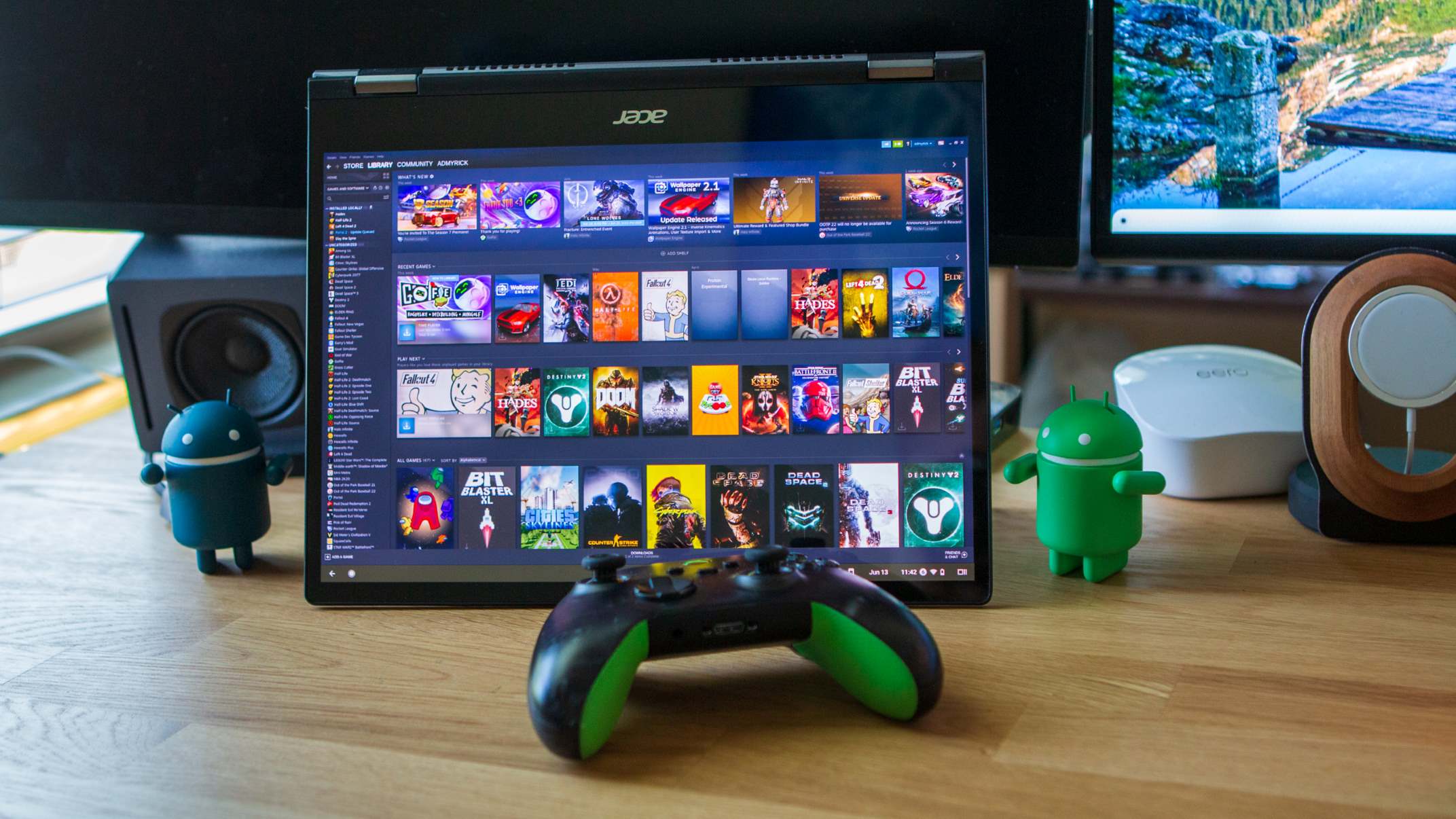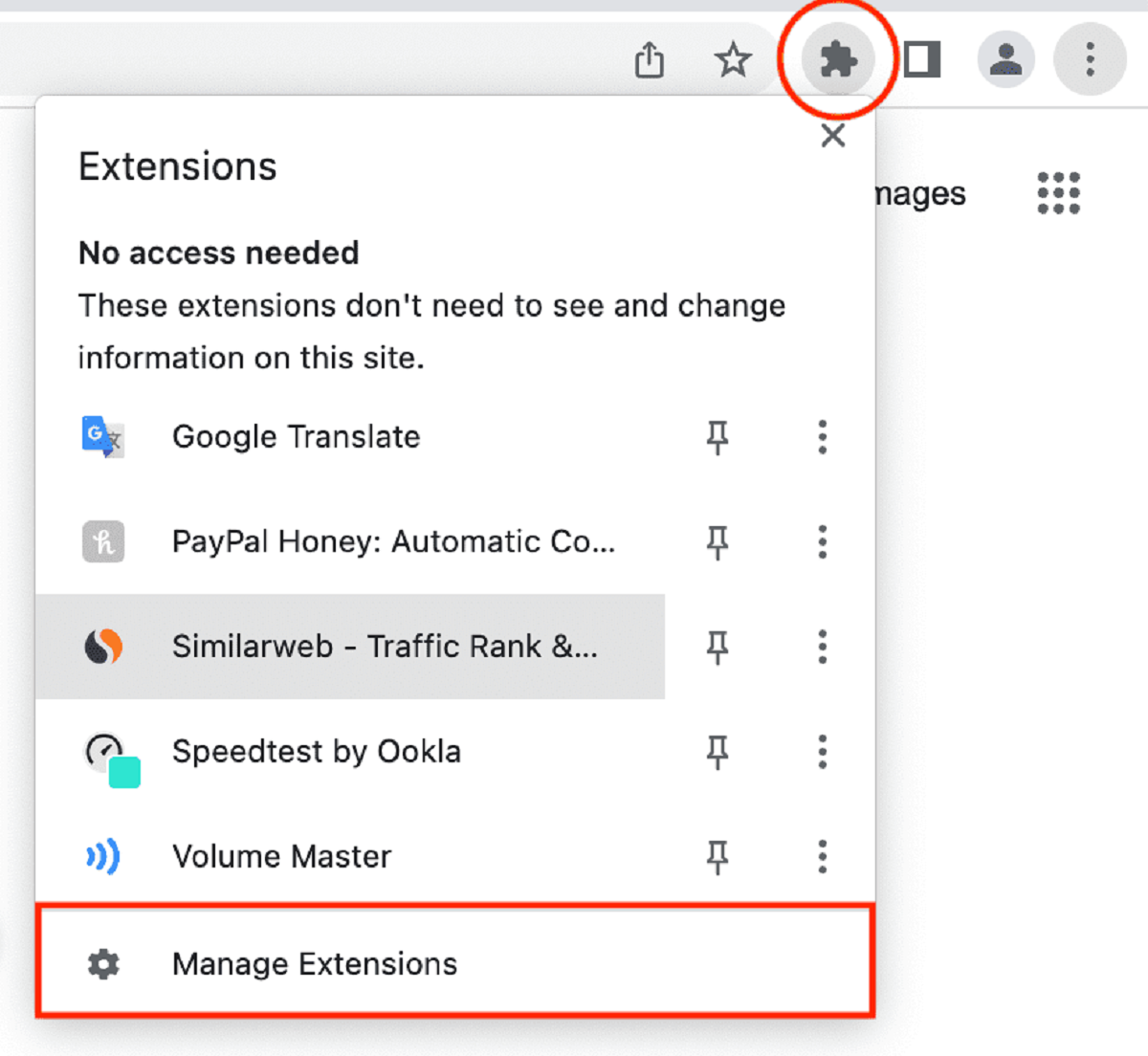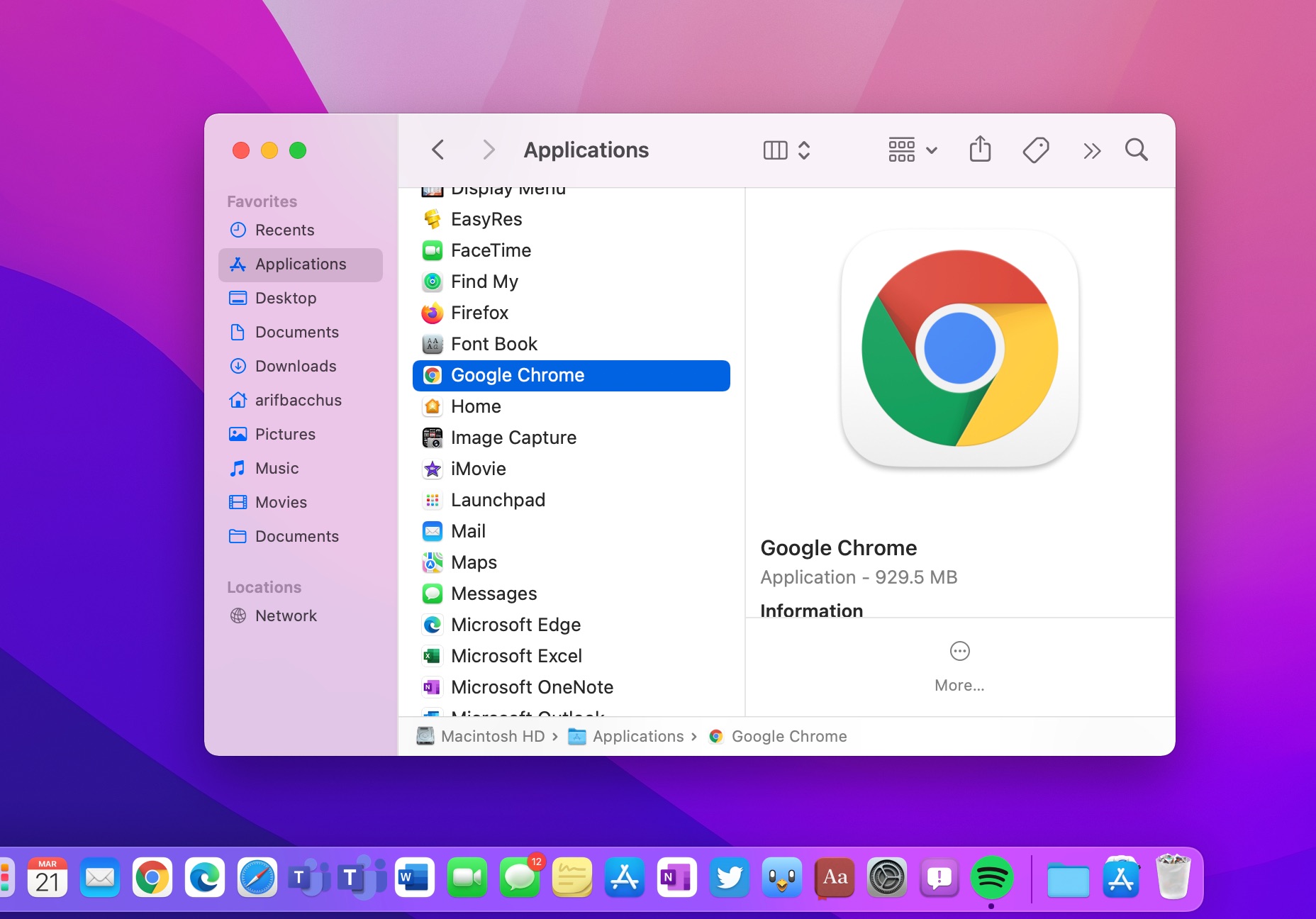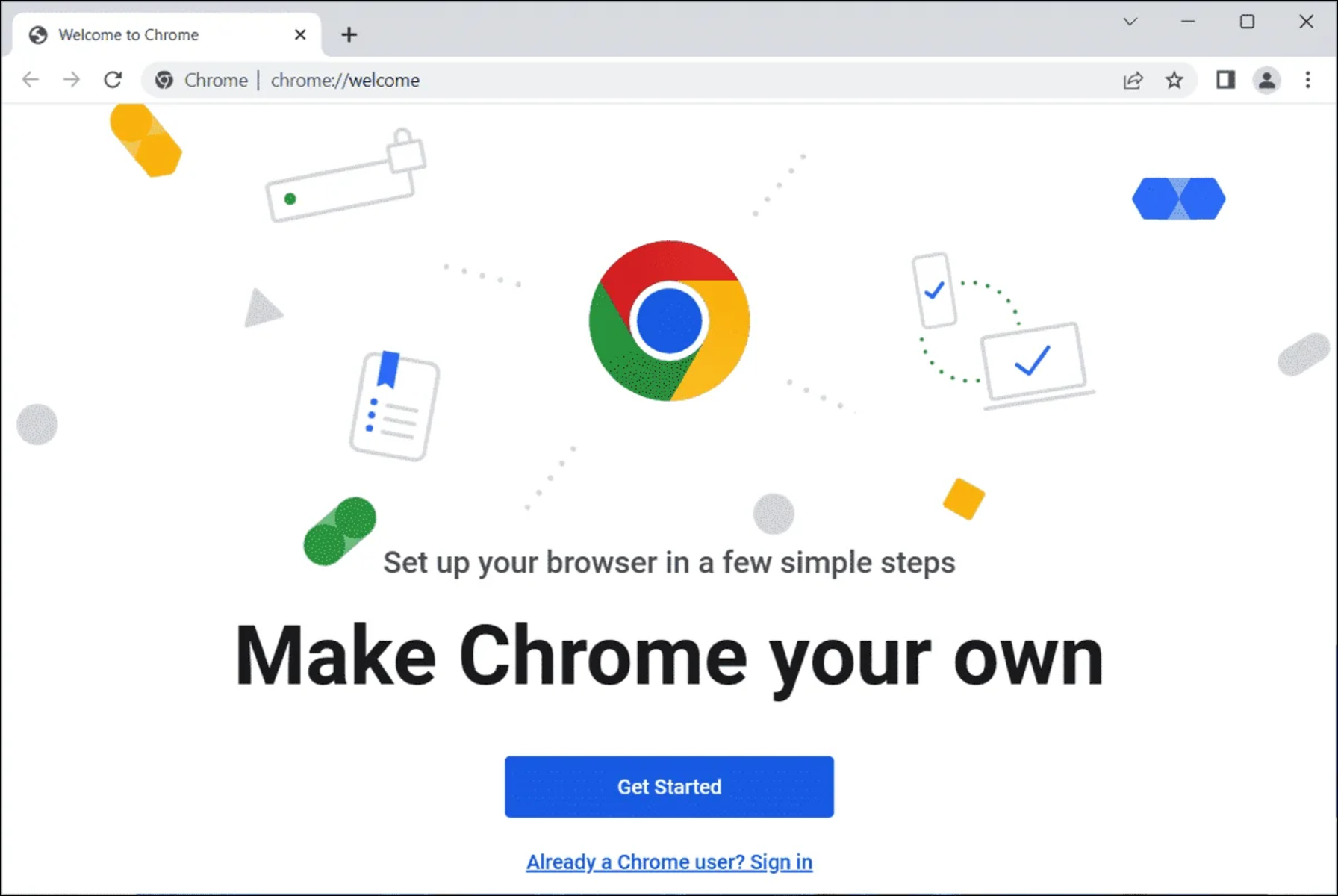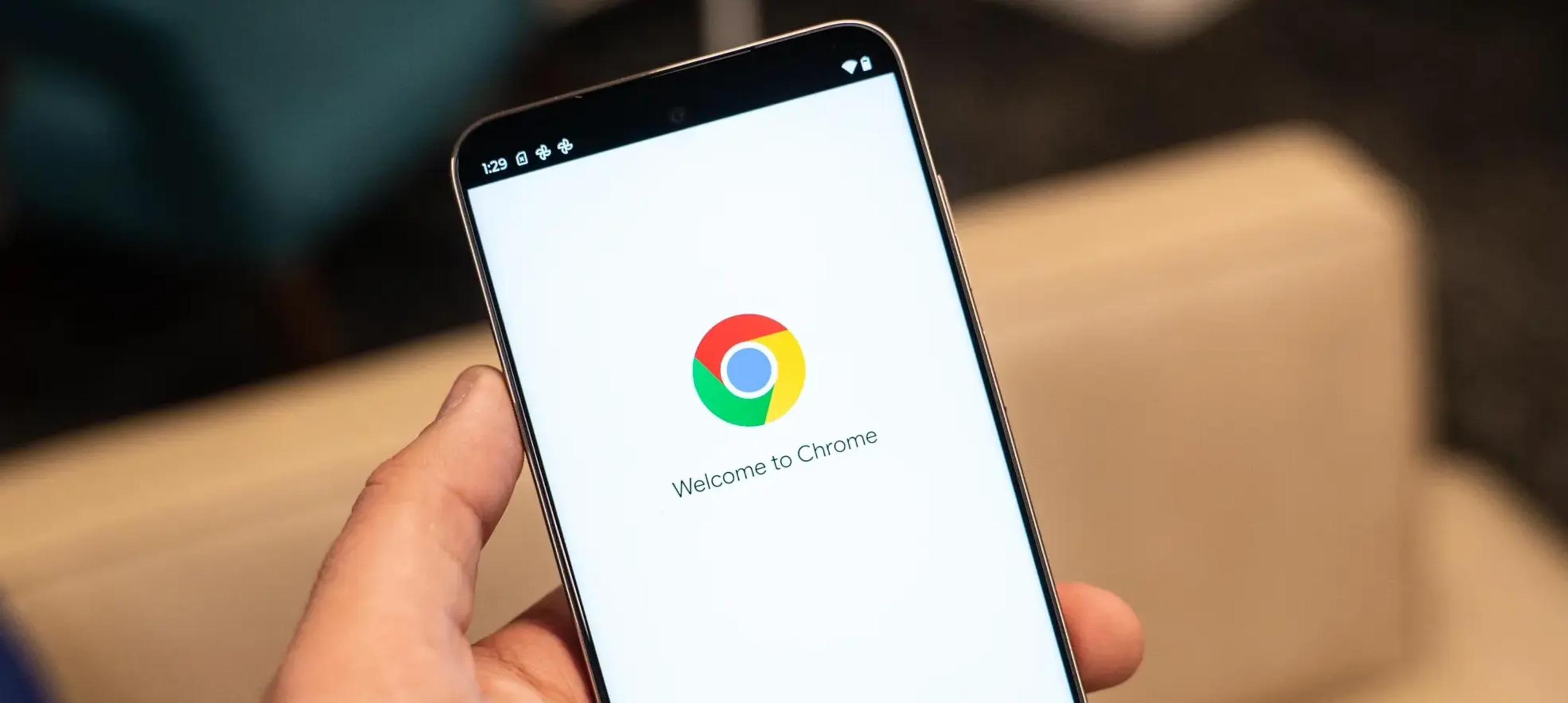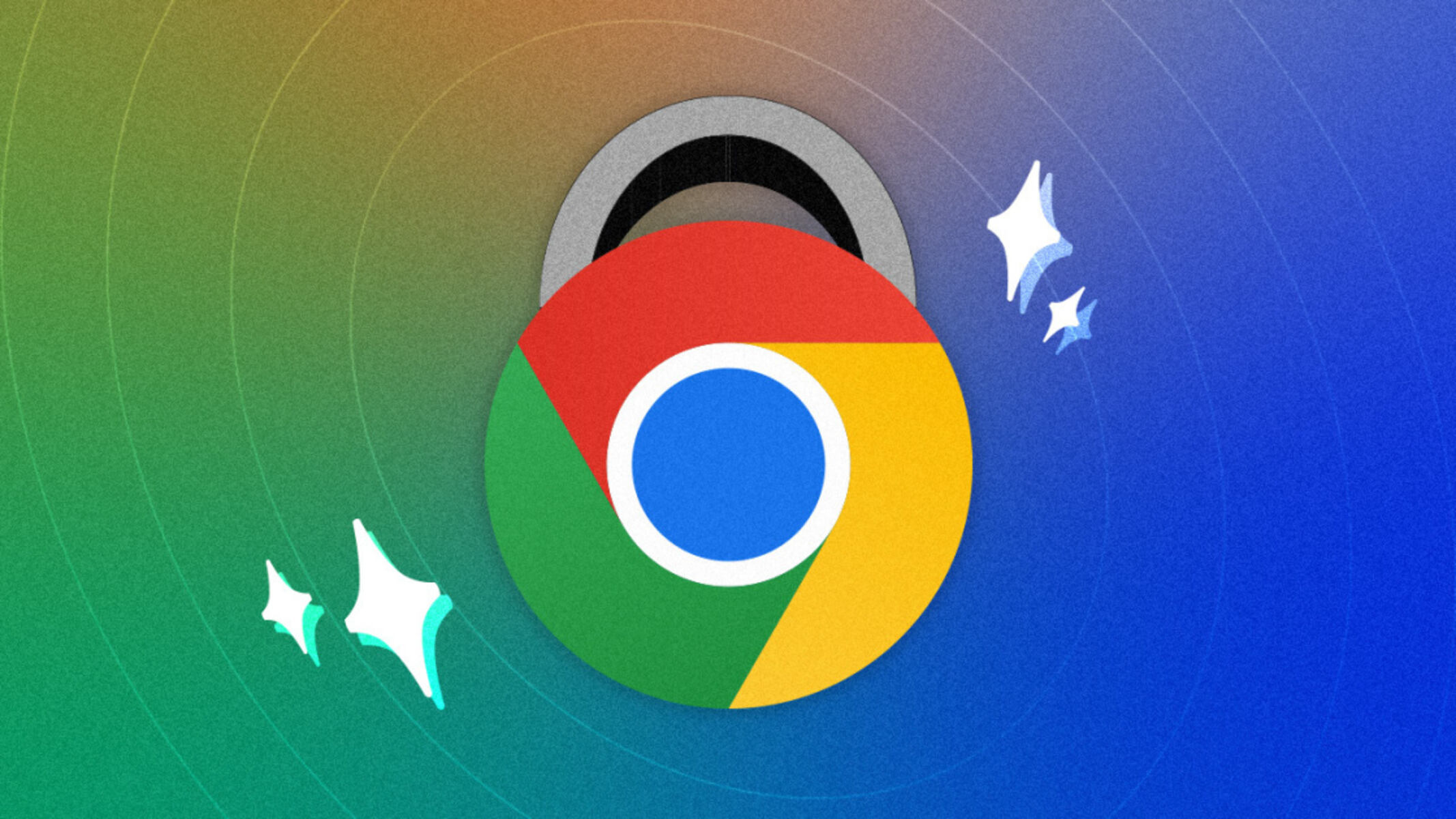Setting Up Your Game Controller to Work with Google Chrome
Introduction
So, you've got a game controller and you want to use it with Google Chrome. Whether you're a casual gamer or a serious one, the ability to use your game controller for web-based games or even just navigating through Chrome can greatly enhance your experience. Fortunately, setting up your game controller to work with Google Chrome is a straightforward process that can open up a whole new world of possibilities for your browsing and gaming activities.
Using a game controller with Google Chrome can provide a more immersive and intuitive way to interact with web content, especially games and multimedia. It can also be particularly useful for individuals with accessibility needs, as a game controller can offer a more comfortable and customizable input method compared to traditional keyboard and mouse controls.
In this guide, we'll walk you through the steps to set up your game controller to work seamlessly with Google Chrome. We'll cover the essential aspects, including configuring your game controller, adjusting settings in Google Chrome, testing the functionality, and providing troubleshooting tips to ensure a smooth experience.
By the end of this guide, you'll be equipped with the knowledge and confidence to harness the full potential of your game controller while browsing the web and engaging in web-based gaming experiences. Let's dive in and unlock the possibilities of integrating your game controller with Google Chrome.
Setting Up Your Game Controller
Before you can start using your game controller with Google Chrome, it’s essential to ensure that the controller is properly set up and recognized by your system. Here’s how to get your game controller ready for seamless integration with Chrome:
- Connect Your Game Controller: Begin by connecting your game controller to your computer using a USB cable or via Bluetooth, depending on the type of controller you have. Ensure that the controller is powered on and ready to be configured.
- Install Necessary Drivers: If your game controller requires specific drivers to function on your computer, make sure to install them according to the manufacturer’s instructions. This step is crucial for enabling your system to recognize and communicate with the controller effectively.
- Calibrate Your Controller (Optional): Some game controllers may benefit from calibration to optimize their performance. This process typically involves accessing the controller settings in your computer’s system preferences or control panel and following the calibration instructions provided by the manufacturer.
- Verify Controller Compatibility: It’s important to confirm that your game controller is compatible with your operating system and has the necessary support for web-based interactions. Checking the manufacturer’s website or support documentation can provide valuable insights into compatibility and any additional requirements.
By ensuring that your game controller is correctly set up and recognized by your system, you lay the foundation for a smooth and hassle-free integration with Google Chrome. Once your controller is prepared, you can proceed to configure Google Chrome to accommodate its input and enhance your browsing and gaming experiences.
Configuring Google Chrome
Now that your game controller is ready to go, it’s time to configure Google Chrome to recognize and utilize the controller’s input effectively. Follow these steps to set up Google Chrome for seamless integration with your game controller:
- Access Chrome Settings: Open Google Chrome and navigate to the settings menu by clicking on the three-dot icon in the top-right corner of the browser window. Select “Settings” from the dropdown menu to access the browser’s configuration options.
- Navigate to Advanced Settings: Within the settings menu, scroll down and click on “Advanced” to reveal additional configuration options for Chrome.
- Locate the Game Controller Settings: Look for the “Game controller settings” or “Gamepad settings” option within the advanced settings. Depending on the version of Chrome, this option may be located within the “Privacy and security” or “Accessibility” section.
- Enable Gamepad Support: Once you’ve located the game controller settings, ensure that the gamepad support or game controller input option is enabled. This step allows Chrome to recognize and respond to input from your game controller while browsing and interacting with web content.
- Customize Controller Mapping (Optional): If you have specific preferences for how your game controller’s buttons and inputs should be interpreted by Chrome, explore the options for customizing controller mapping within the browser settings. This can provide a tailored experience that aligns with your gaming and browsing needs.
By configuring Google Chrome to accommodate your game controller, you pave the way for a more immersive and intuitive browsing experience. With the settings adjusted to recognize and respond to your controller’s input, you’re poised to explore web-based games, multimedia content, and other interactive elements with enhanced control and precision.
Testing Your Game Controller
With your game controller connected and Google Chrome configured to recognize its input, it’s time to put the setup to the test. Testing your game controller within Chrome allows you to ensure that it functions as intended and provides a seamless browsing and gaming experience. Here’s how to verify the functionality of your game controller in Google Chrome:
- Visit Gamepad Testing Sites: Several websites offer gamepad testing tools that allow you to check the responsiveness and functionality of your game controller within the browser. Navigate to a gamepad testing site, such as HTML5 Gamepad Tester, and follow the on-screen instructions to verify that your controller’s inputs are being detected and registered accurately.
- Explore Web-Based Games: Engage with web-based games that support game controller input to assess the performance and responsiveness of your controller within the gaming environment. Experiment with different game genres and interactions to gauge how well your controller integrates with the gaming experience provided by Chrome.
- Test Multimedia Controls: If you frequently consume multimedia content in your browser, such as videos or music players, use your game controller to interact with these elements. Verify that the controller’s inputs allow you to play, pause, adjust volume, and navigate through multimedia content seamlessly.
- Assess Browser Navigation: Beyond gaming and multimedia, test how your game controller facilitates browsing activities within Google Chrome. Navigate through web pages, scroll through content, and interact with browser features using your controller to ensure a smooth and intuitive browsing experience.
By actively testing your game controller within Google Chrome, you can gain confidence in its compatibility and performance, ensuring that it enhances your interactions with web-based content. Whether you’re navigating through websites, immersing yourself in games, or controlling multimedia elements, the ability to leverage your game controller effectively can elevate your browsing and gaming experiences to new heights.
Troubleshooting and Tips
While setting up and using your game controller with Google Chrome can be a straightforward process, encountering occasional issues or seeking optimization tips is not uncommon. Here are some troubleshooting steps and valuable tips to address potential challenges and enhance your overall experience:
- Driver Updates and Compatibility: If your game controller is not being recognized by Google Chrome, ensure that you have the latest drivers installed and that they are compatible with your operating system. Updating drivers can often resolve connectivity and recognition issues.
- Browser Updates: Keeping Google Chrome updated to the latest version is essential for optimal compatibility with game controllers. Check for and install any available updates for Chrome to ensure that you’re benefiting from the latest features and improvements related to gamepad support.
- Browser Extensions and Conflicts: Certain browser extensions or add-ons can interfere with game controller functionality. Temporarily disable extensions to identify and address any conflicts that may be impacting the performance of your controller within Chrome.
- Controller Calibration: If you notice erratic behavior or imprecise inputs from your game controller, consider recalibrating it through your system’s settings. This can help resolve issues related to sensitivity and accuracy in controller inputs.
- Optimizing Controller Mapping: Experiment with different controller mapping configurations within Chrome to find a setup that aligns with your preferences and enhances your gaming and browsing experiences. Customizing button assignments and inputs can provide a more tailored and intuitive interaction with web-based content.
- Community Forums and Support: Engage with online communities and forums dedicated to gaming and browser-related discussions. Seeking advice and sharing experiences with fellow users can provide valuable insights and solutions for optimizing your game controller setup in Google Chrome.
By leveraging these troubleshooting steps and tips, you can address common challenges and refine the integration of your game controller with Google Chrome. Embracing a proactive approach to optimizing your setup can lead to a more seamless and enjoyable experience when using your game controller for web-based interactions and gaming within the Chrome browser.







